Why do doctors prescribe diuretics?

Diuretics are medications that increase urine production, helping to remove excess fluid from the body and manage conditions like hypertension and edema.
What’s the main purpose of a Foley catheter?
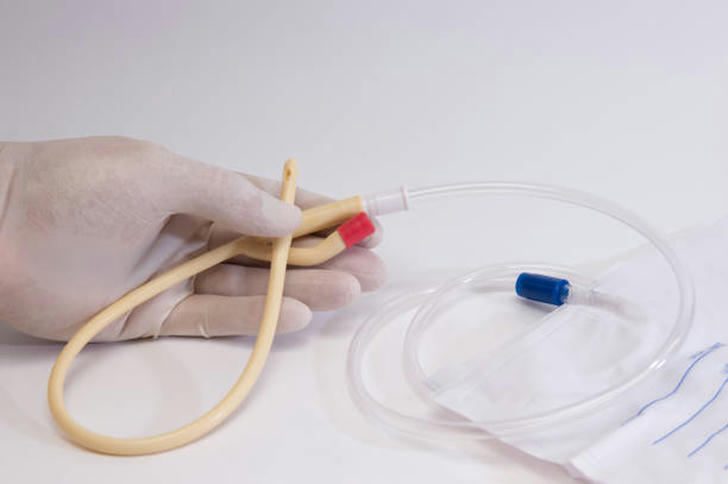
A Foley catheter is a flexible tube inserted into the bladder to drain urine. It is commonly used in patients who are unable to urinate naturally.
What is the main role of the lymphatic system?
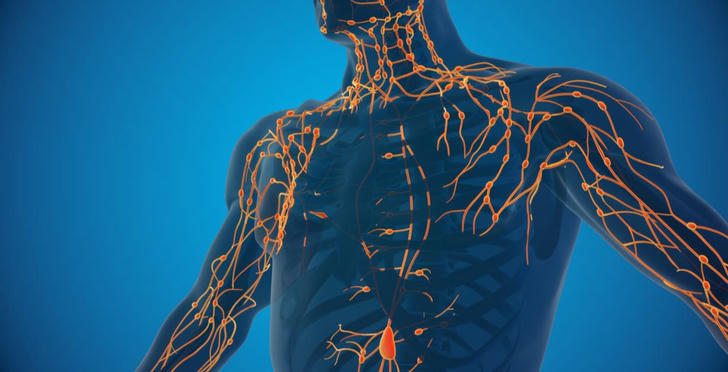
The lymphatic system transports lymph, a fluid containing infection-fighting white blood cells, throughout the body, playing a crucial role in immune defense.
What’s the main goal of palliative care?
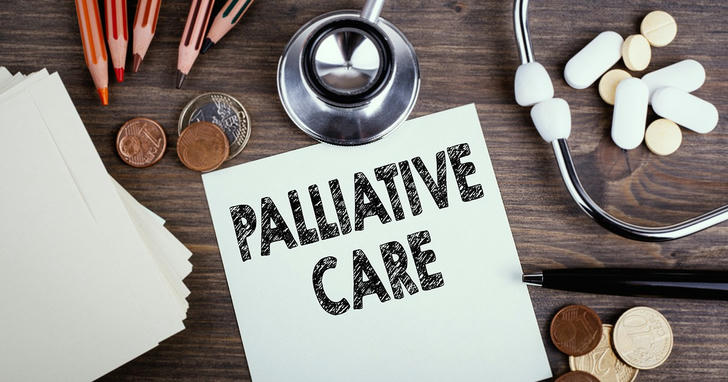
Palliative care focuses on improving the quality of life for patients with serious illnesses by managing symptoms and providing emotional support.
Which of these medications helps relieve pain?

Ibuprofen is a nonsteroidal anti-inflammatory drug (NSAID) commonly used to relieve pain, reduce inflammation, and lower fever.
What is a normal resting heart rate for adults?

The normal resting heart rate for adults ranges from 60 to 100 beats per minute. This range indicates a healthy cardiovascular system.
Which method do we use to clear someone’s blocked airway?

The Heimlich maneuver is a first aid procedure used to treat upper airway obstructions by exerting pressure on the diaphragm to expel the object.
How can we stop infections from spreading in healthcare settings?

Hand hygiene, including regular handwashing and use of hand sanitizers, is critical in preventing the transmission of infectious agents in healthcare environments.
What is a normal blood pressure range for adults?

The normal blood pressure range for adults is typically around 120/80 mmHg. This indicates a healthy balance between systolic and diastolic pressures.
Why do we give CPR?
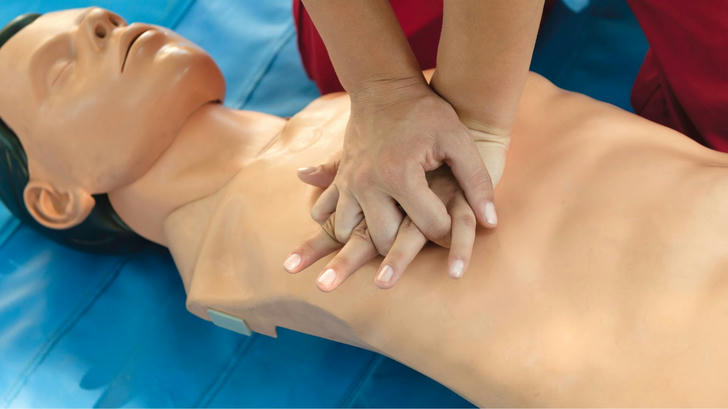
CPR, or cardiopulmonary resuscitation, is performed to restore blood circulation and breathing in individuals who have suffered cardiac arrest.
Why do people take blood-thinning medications?

Anticoagulant therapy is used to prevent the formation of blood clots, reducing the risk of conditions like stroke and deep vein thrombosis.
What does insulin do in your body?
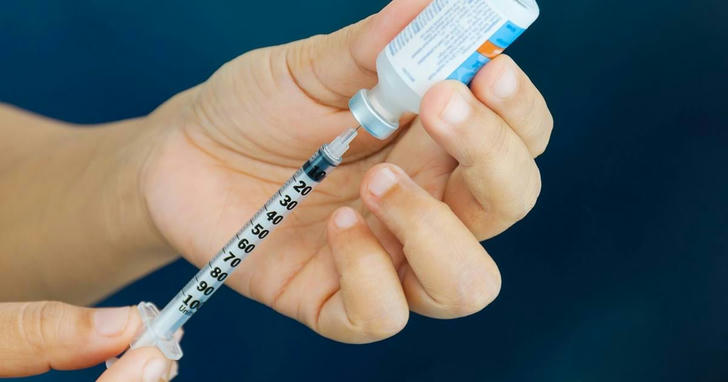
Insulin is a hormone produced by the pancreas that helps regulate blood glucose levels by facilitating the uptake of glucose into cells for energy.
How can we best stop respiratory infections from spreading?

Wearing masks is one of the most effective ways to prevent the spread of respiratory infections by blocking droplets that may contain viruses or bacteria.
Which fluid is commonly used to hydrate someone through an IV?
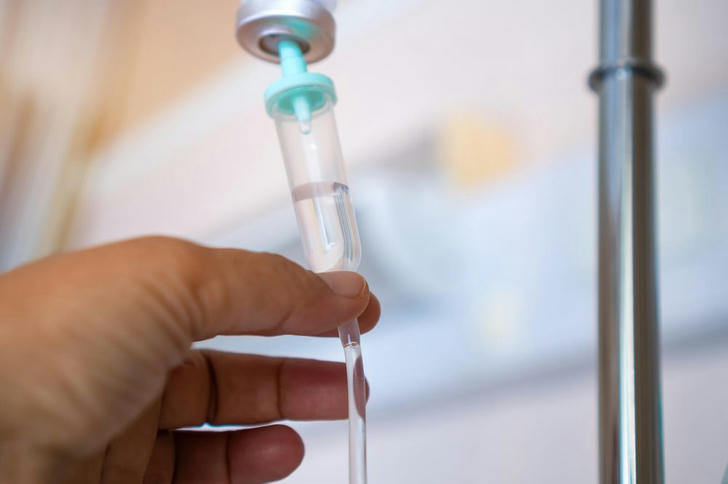
Normal saline, a sterile solution of sodium chloride in water, is commonly used for intravenous hydration to maintain fluid balance in patients.
What’s the first thing nurses do in their process of caring for a patient?

The first step in the nursing process is assessment, where nurses gather information about the patient's physical, psychological, and sociocultural status.
What’s the primary job of the kidneys?
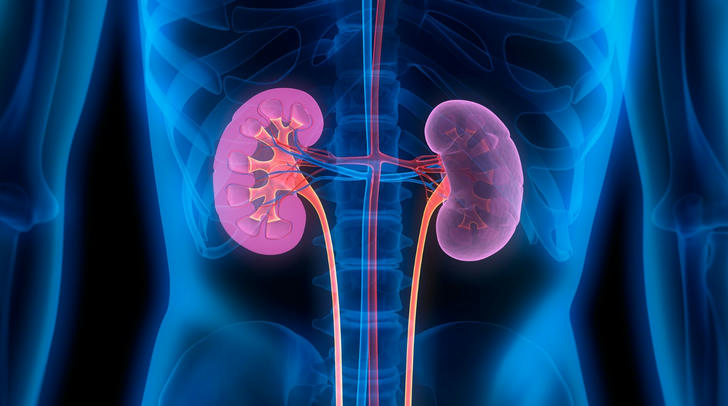
The kidneys filter waste products and excess fluids from the blood, forming urine, which is then excreted from the body.
Why do nurses use a stethoscope?

A stethoscope is primarily used to listen to internal body sounds such as heartbeats, lung sounds, and bowel sounds, which are crucial for assessing a patient's health status.
What is the normal breathing rate for adults?

The normal respiratory rate for adults is typically between 12 and 20 breaths per minute. This range indicates efficient lung function and adequate oxygenation.
What’s the main goal when taking care of a wound?
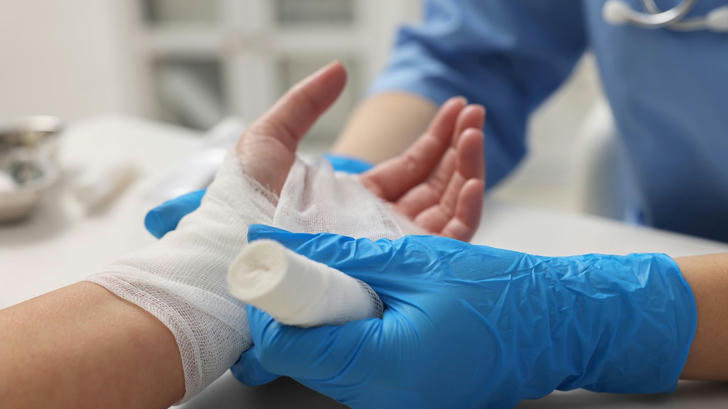
The primary goal of wound care management is to promote healing and prevent infection by keeping the wound clean and protected.
What does a defibrillator do?
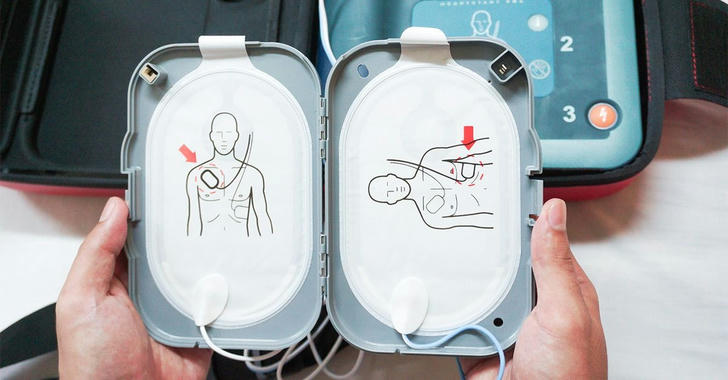
A defibrillator is a device used to deliver an electric shock to the heart in order to restore a normal heart rhythm during cardiac arrest or arrhythmias.
